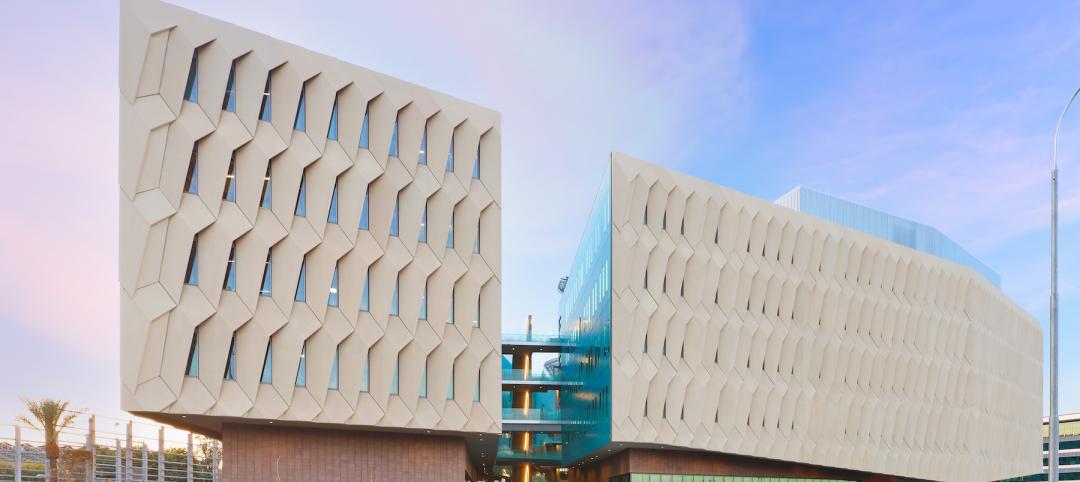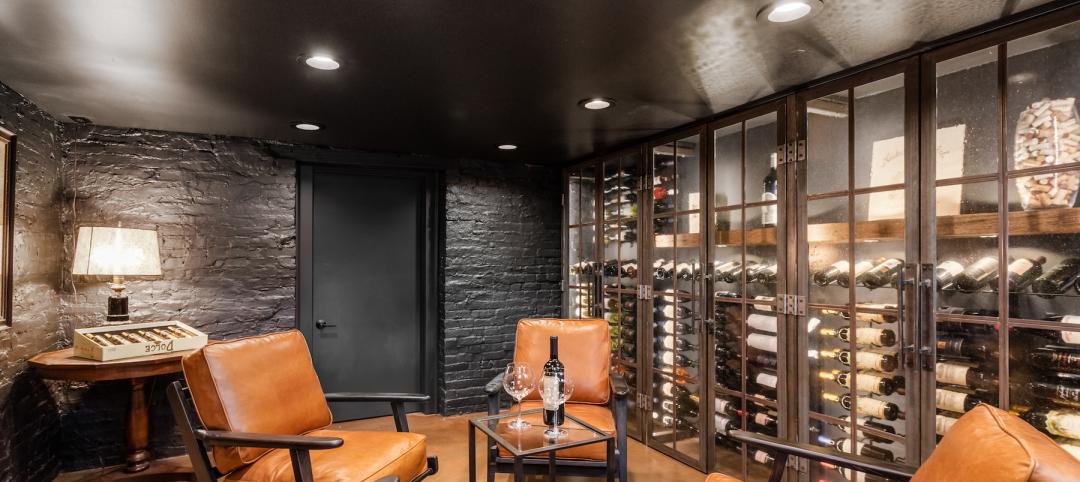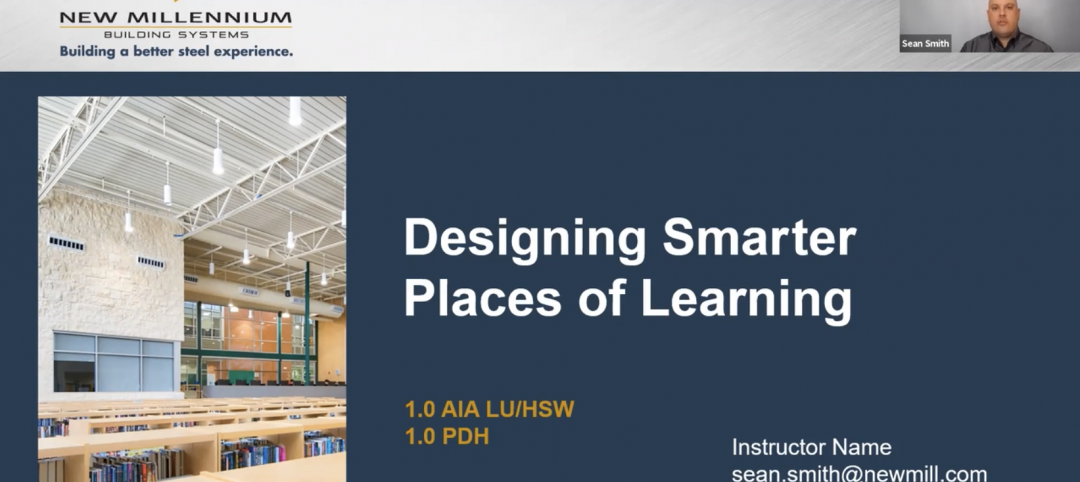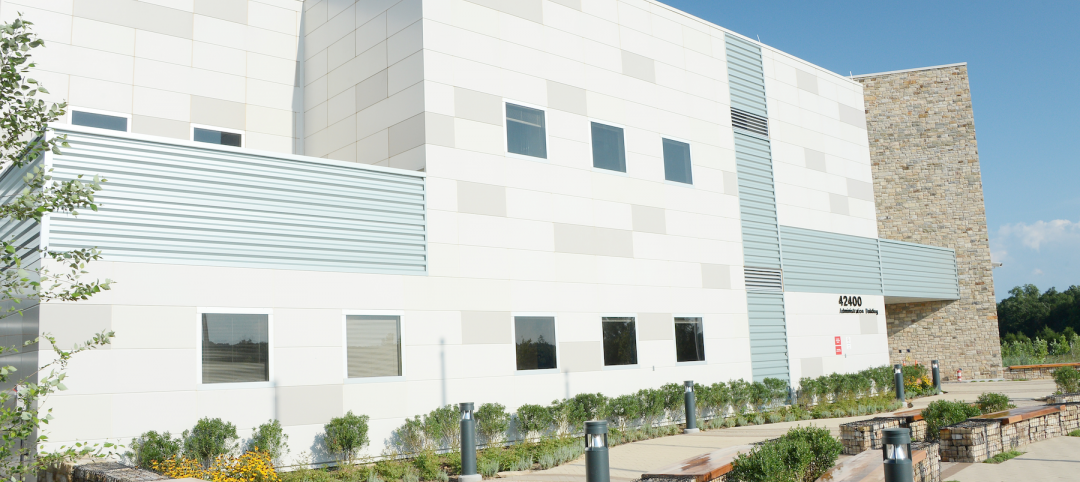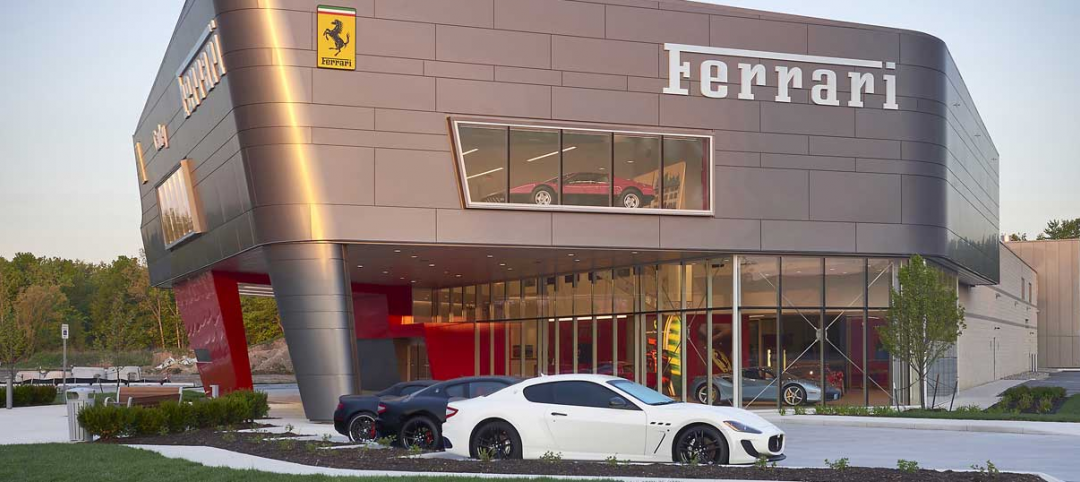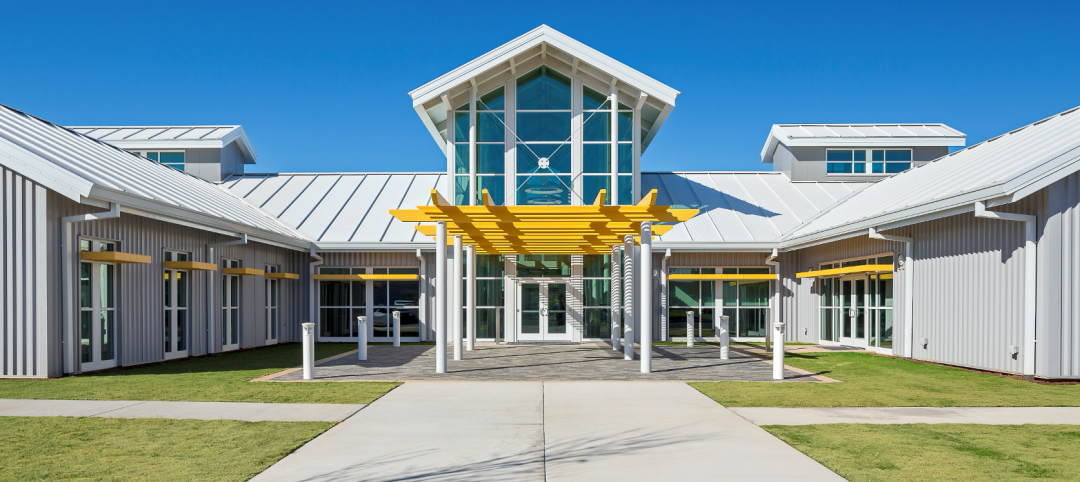Energy codes mandating more efficient use of buildings—and, by extension, of building enclosures—are already being adopted by many states as a logical step in the reduction of energy consumption.
On a national scale, the impetus to improve building energy performance is manifest in the latest and most far-reaching model energy code from the International Code Council, the 2015 International Energy Conservation Code (IECC). Compared with energy standards of just a few years earlier, the 2015 IECC sets a high benchmark for energy performance.
In 2010, the required insulative value for a new roof on an existing commercial building was R-20, per the IECC. Today, it’s R-30, a 50% increase. Replacement fixed windows in 2010 needed to perform at R-1.82. Now, that number is R-2.38, 30% greater.
This trend toward increasingly stringent energy performance standards is likely to continue. Several states and municipalities, including New York, New Jersey, and Maryland, were early adopters of the 2015 IECC. Others have already passed legislation to roll out the new, more demanding energy standards over the coming months.
For design professionals, designing and detailing building enclosures to meet these strict performance benchmarks demands knowledge not only of building envelope systems, but also of the requirements and objectives of the energy code, the fundamentals of thermodynamics and energy transfer, and high-efficiency enclosure detailing.
For property owners and facility managers, understanding the code requirements for energy-efficient design, the science behind those standards, and the process involved in achieving energy performance goals is critical to an informed and judicious approach to planning construction that meets stringent energy mandates.
After reading this article, you should be able to:
+ Balance energy use goals with practical considerations, such as constructability, performance, and product availability.
+ Apply principles of thermodynamics and energy transfer to the appropriate design of energy-efficient building enclosures.
+ Determine energy code compliance by demonstrating thermal efficiency through calculations or energy modeling.
+ Account for sites of thermal bridging by incorporating high-efficiency detailing that addresses sources of energy loss and insulates against heat transfer.
Take this free AIA CES course at BDCuniversity.com.
Related Stories
Sponsored | BD+C University Course | Aug 24, 2022
Solutions for cladding performance and supply issues
This course covers design considerations and cladding assembly choices for creating high-performance building envelopes — a crucial element in healthy, energy-efficient buildings.
Sponsored | | Aug 4, 2022
Brighter vistas: Next-gen tools drive sustainability toward net zero line
New technologies, innovations, and tools are opening doors for building teams interested in better and more socially responsible design.
Sponsored | BD+C University Course | May 10, 2022
6 steps to designing a modern wine display
Design-focused wine displays are becoming increasingly popular in amazing residential and commercial properties throughout the world. Top design/build professionals are using stylish wine racks and other premium materials to create wine cellars that are too beautiful to hide in out-of-the-way places like dusty basements. This course explains why wine cellars have become so popular and the key aspects of designing an appealing modern wine cellar, broken into six planning steps that should be considered during pre- or early-construction phases.
Sponsored | BD+C University Course | May 10, 2022
Designing smarter places of learning
This course explains the how structural steel building systems are suited to construction of education facilities.
Sponsored | Multifamily Housing | May 8, 2022
Choosing the right paver system for rooftop amenity spaces
This AIA course by Hoffmann Architects offers best practices for choosing the right paver system for rooftop amenity spaces in multifamily buildings.
Sponsored | BD+C University Course | May 5, 2022
Designing with architectural insulated metal wall panels
Insulated metal wall panels (IMPs) offer a sleek, modern, and lightweight envelope system that is highly customizable. This continuing education course explores the characteristics of insulated metal wall panels, including how they can offer a six-in-one design solution. Discussions also include design options, installation processes, code compliance, sustainability, and available warranties.
Sponsored | Healthcare Facilities | May 3, 2022
Planning for hospital campus access that works for people
This course defines the elements of hospital campus access that are essential to promoting the efficient, stress-free movement of patients, staff, family, and visitors. Campus access elements include signage and wayfinding, parking facilities, transportation demand management, shuttle buses, curb access, valet parking management, roadways, and pedestrian walkways.
Sponsored | BD+C University Course | May 3, 2022
For glass openings, how big is too big?
Advances in glazing materials and glass building systems offer a seemingly unlimited horizon for not only glass performance, but also for the size and extent of these light, transparent forms. Both for enclosures and for indoor environments, novel products and assemblies allow for more glass and less opaque structure—often in places that previously limited their use.
Sponsored | BD+C University Course | Apr 19, 2022
Multi-story building systems and selection criteria
This course outlines the attributes, functions, benefits, limits, and acoustic qualities of composite deck slabs. It reviews the three primary types of composite systems that represent the full range of long-span composite floor systems and examines the criteria for their selection, design, and engineering.
Sponsored | BD+C University Course | Apr 10, 2022
Designing with commercial and industrial insulated metal wall panels
Discover the characteristics, benefits and design options for commercial/industrial buildings using insulated metal panels (IMPs). Recognize the factors affecting panel spans and the relationship of these to structural supports. Gain knowledge of IMP code compliance.


![Meeting the demand for high-efficiency façades [AIA course] Meeting the demand for high-efficiency façades [AIA course]](/sites/default/files/AIA_BDC1217.jpg)

